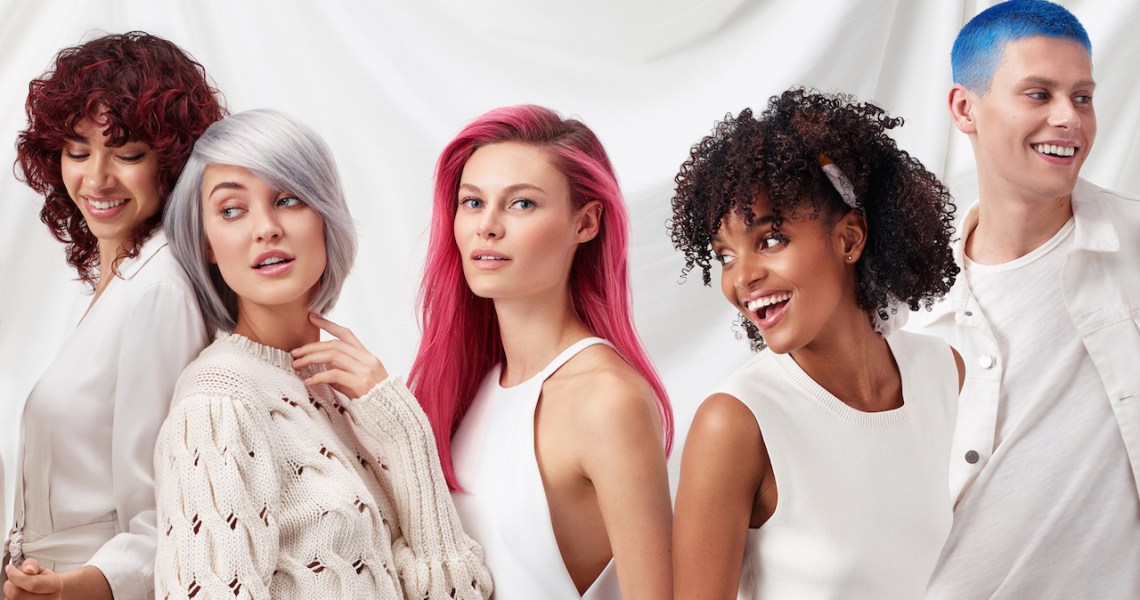On a mission to create more sustainable packaging, premium hair care brand Moroccanoil is looking to students at the Parsons School of Design at The New School in New York City to help navigate the process.
Beauty brands, in recognizing their environmental impact and need to evolve rapidly, are looking for more creative and experimental solutions. In the case of Moroccanoil, that means working with students. The brand is hosting a competition throughout the Fall 2019 semester, working with 24 students across two groups: second-year masters students in industrial design and the senior undergraduate students in the product design program. A winner from each group will be selected in December, and their submissions will be put into production across Moroccanoil’s salon, e-commerce and retail channels. The partnership was spearheaded by the brand’s co-founder Carmen Tal, though the brand recently brought on its first sustainability manager, Bryan Zimmerman, in June.
“In the past, it’s been more ad hoc initiatives like making a small, better packaging decision here and there,” said Zimmerman, giving the example of Moroccanoil’s soap bar that, as of 2018, only uses paper packaging. “We are now looking at ways to integrate sustainability into all functions, from packaging to operations, to marketing and trade shows, and we’re [encouraging] our partner salons to be greener.”
Moroccanoil opted to leave the competition fairly open-ended, thus allowing students to become as creative with their submissions as desired. Although the brand told students to focus on the packaging of its bestsellers, such as its shampoo and conditioners, students can decide whether they want to focus on professional-salon products, online-only products or products sold at retailers including Sephora and Bluemercury. The attraction to working with students came from the fact that they are unhindered by existing industry practices or jaded by years of corporate operations, said Zimmerman. Instead, students offer a wealth of creativity, especially since they are part of the first generation to have grown up entirely under the threat of the global climate crisis.
“[Parsons’] approach to sustainability not only focuses on changing materials and finding a greener substitute, but it also involves thinking holistically and systemically,” said Robert Kirkbride, dean of the Parsons School of Constructed Environments at The New School.
Regarding the competition, Kirkbride said there are four core areas students will consider when creating their design submissions: The first is the brand and the experience customers have with the brand through products. Second, they should analyze materials and the supply chain, considering not only the packaging itself but also the safety and carbon footprint of packaging materials. Third, students should consider how a product’s packaging visually communicates its environmental benefits and encourages people to purchase the product. And lastly, the holistic lifecycle of the product should be considered, including where the packaging components come from (are they shipped or sourced locally, for example) and how those packages are then transported to their destination.
Depending on the outcome of the competition and the solutions offered by students, this could become a creative and low-cost solution for Moroccanoil, and for other brands, too. Instead of hiring a sustainable consultancy, working with students allows Moroccanoil to offer young people practical real-world experience while also gaining access to a deluge of fresh ideas. As a whole, the beauty industry has been slow to wake up to the urgency of the global climate crisis and its own environmental impact. According to market research firm Euromonitor International, global consumer demand for plastics exceeded 2.2 trillion units in 2018, and the beauty industry specifically accounted for over 14% of that figure. Additionally, 40% of beauty products are packaged with single-use plastic, meaning they cannot be recycled and will end up in a landfill. While certain brands are now emerging with sustainability baked into their branding and operations, others are trying to play catch up. L’Oréal USA began moving toward sustainability in 2005, while L’Occitane plans to be fully sustainable in its packaging by 2025.
Ad position: web_incontent_pos1
“The challenge has shifted,” said Zimmerman. “For us, it [used to be] about getting senior leadership on board and showing them it’s the right thing to do and good for the business. I don’t have to have those conversations now.”
Judging the competition, there will be several questions and ways to evaluate submissions and compare that to real-world practicality and consumer experience. For example, Moroccanoil will look at the tangible environmental benefits of the packaging, such as the reduction of materials, as well as its cost-cutting benefits for the company and retail price changes for customers. It will also look at whether ideas entered will be feasible for professionals to manage in a salon and if their requirements are intuitive for customers — for example, making packaging refillable may not be practical.
“There is an easy default to say it is too difficult to change the perception of what luxury is and reconcile that with [a new idea] like sustainability,” said Kirkbride. “We can do better than that. Sustainability is not a luxury, it is an urgency. The challenge now is how to redefine luxury and make it embedded within the principles of sustainability.”




